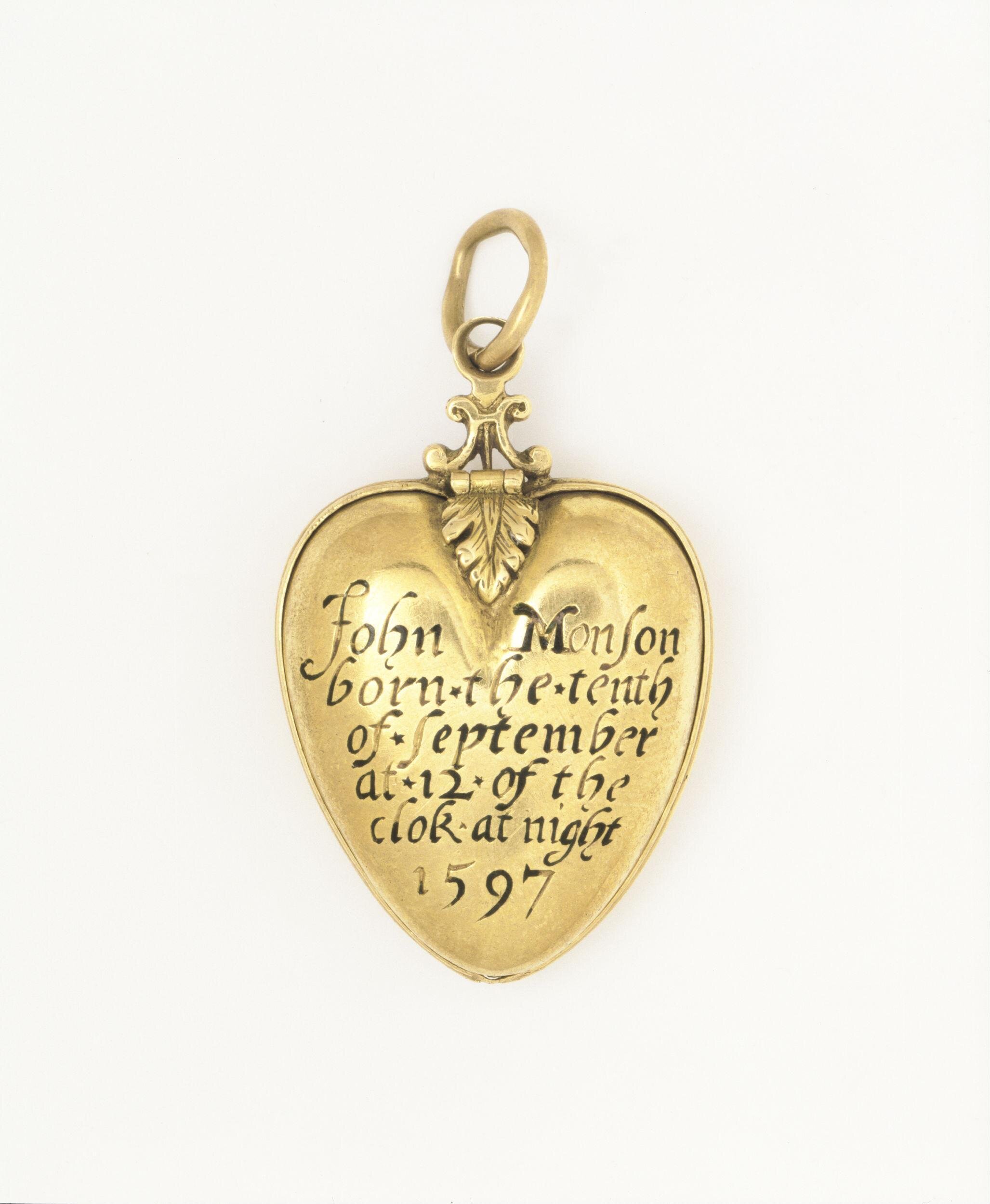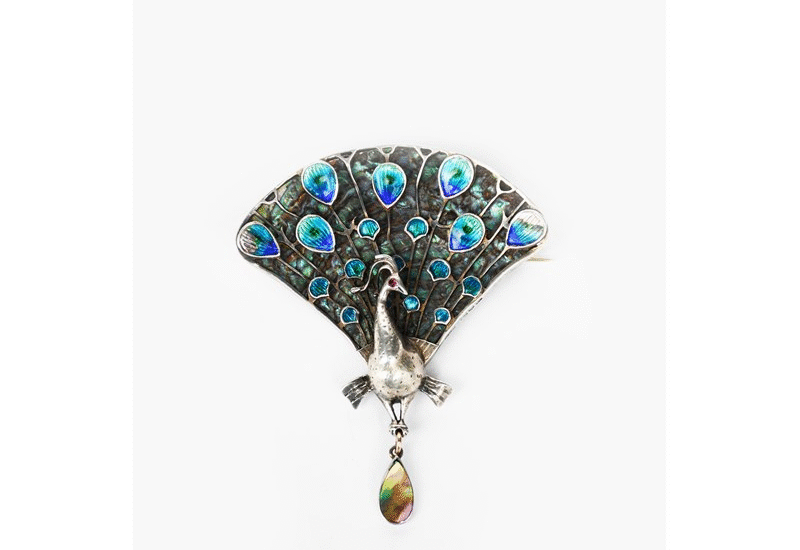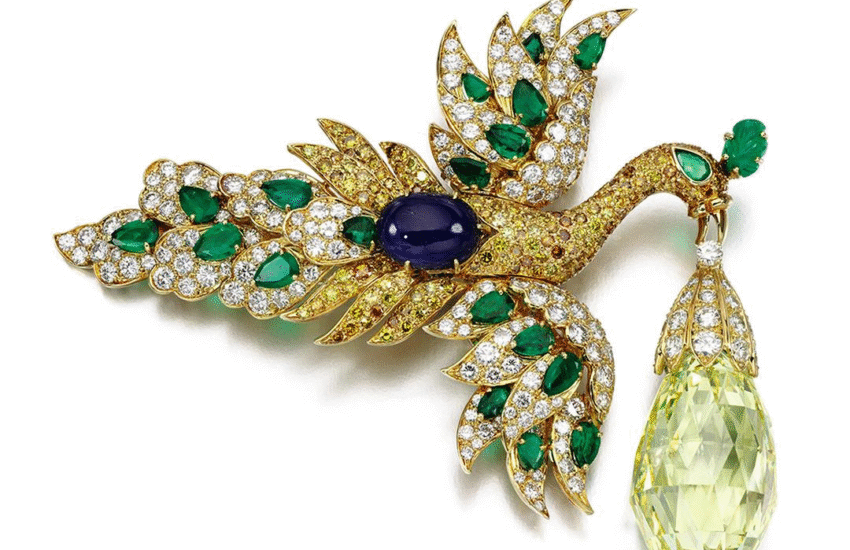Jewellery for luck: a locket with a surprising secret
Weird things found in lockets: the caul of John Monson
Lockets are the perfect place to keep a sentimental souvenir. Maybe it’s a picture of your loved one? or even a lock of their hair? Jewellery can also be used for luck, as a little locket with a surprising secret shows.
One 16th century man named John Monson was given a locket to mark his birth. The outside of the little gold heart is engraved ‘John Monson born the tenth of September at 12 of the clock at night 1597’
The locket was kept in John’s family with the story that it had originally held baby John’s caul, although it’s now empty. The caul was the name for the amniotic sac which had held him in his mother’s womb.
https://collections.vam.ac.uk/item/O11007/locket-unknown/
John Monson’s family had good reason to want a charm against drowning. His father, Admiral William Monson, had made his fortune as a privateer, capturing ships for treasure and was a noted sailor.
The time of John’s birth, carefully recorded on the locket reflects his family’s interest in astrology. Both William Monson and his wife Judith consulted the famous Tudor astrologers and doctors Simon Forman and Richard Napier. Perhaps Dorothy’s consultation in early 1597 related to her pregnancy with John?

Born in the caul
Before they are born, babies are held in a sac filled with fluid, inside their mother’s body. The sac is usually broken apart during the birth, but sometimes a baby may be born still covered. In the most unusual case, the sac is unbroken. Or, it may just cover the baby’s head.
Perhaps because it was so uncommon, the caul marked the child out as having a special destiny. A surprising number of kings and emperors, including Alexander the Great, Charlemagne, James I and Napoleon were born as caul-bearers.
A sign of good luck
Being born while still wrapped in the amniotic sac was connected to all sorts of beliefs, both positive and negative. It was thought that babies born in the caul might be able to link the world of humans and that of spirits. This link with the spirit world made them lucky but also perhaps, likely to be accused of witchcraft.
The 17th century author Sir Thomas Browne described the superstitions of his day:
‘Great conceits are raised of the involution or membraneous covering, commonly called the Silly-how, that sometimes is found upon the heads of children upon their birth; and is therefore preserved with great care, not only as medical in diseases, but effectual in success, concerning the Infant and others; which is surely no more than a continued superstition’.
Although Browne was doubtful, many of his contemporaries believed in the power of the caul. Perhaps due to the watery nature of the sac, sailors particularly wanted them, as they were believed to protect against drowning.
People continued to believe in the caul well into the nineteenth century. Charles Dickens’ novel David Copperfield begins with the words: ‘I was born with a caul, which was advertised for sale, in the newspapers, at the low price of fifteen guineas…’ Perhaps being parted from his caul was the beginning of his misfortunes?
The South Wales Daily Post, 9 May 1895, shows that cauls were still highly valued. When a midwife took the caul in which his son was born, the angry father went to the police to complain. It’s not clear whether he wanted it as a charm for his own son or was tempted by the £3 he might sell it for.
An advert in the Norwood News, 13 December 1884 also offered a ‘Child’s Caul’ for £3. In the same edition, a pianoforte could be had for £6 and £2 was the monthly rent for a seven bedroom villa with gas laid on and a large garden. Cauls were clearly a lucrative business!

The First World War caul

The old superstitions around cauls as a sure protection against drowning became relevant again in the First World War. The terrifying new submarine warfare prompted a renewed fashion for these ancient amulets. According to the Lancashire Evening Post, 31 August 1915, frightened sailors were willing to pay several shillings ‘for the extra chance of safety a caul may confer‘.
For the Liverpool Echo, it was ‘one of the most curious by-products of the German submarine policy‘. As a consequence, the price of cauls rose sharply, an unexpected aspect of the effect of war on the economy!
Lockets to hold the caul
John Monson’s jewel wasn’t unique. The will of Sir John Offley of Staffordshire, proved in May 1658, included
‘one Jewell done all in Gold enammelled, wherein there is a Caul that covered my face and shoulders when I first came into the world, the use thereof to my loving Daughter the Lady Elizabeth Jenny, as long as she shall live.’
After Elizabeth’s death, it was to go to her son Offley Jenny. Jenny’s will also asked his descendants to keep the jewel and its caul and to pass it down through the men in the family.

Another locket, now in the Museum of Fine Arts in Boston, is in the shape of a silver heart. The front of the jewel bears the name of Samuel R.C. Moffat of Portsmouth, New Hampshire. The reverse is engraved with the Moffat family arms. Samuel was born around 1776 and according to family legend, this locket held the caul in which he was born. It was probably passed down the family as a lucky charm.
Gift of Robert T. Moffatt, Museum of Fine Arts, Boston
Historians sometimes suggest that people in the past were resigned to the frequent death of their children, that they were less sad than we might be now. However, this little gold jewel serves as proof that John Monson’s family not only recorded his birth with an expensive gold jewel, but also gave him jewellery for luck, and to keep him safe from drowning and other perils.
If you want to read about another curious item found in a locket, here is the story of a bereaved husband and his extraordinary jewel.


